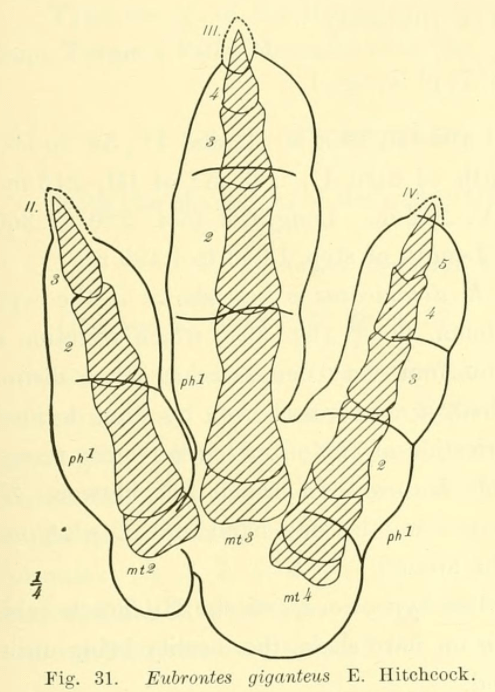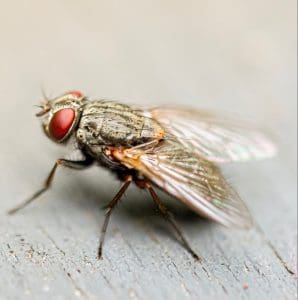It may not have the spectacular bone beds of the West, but Massachusetts has been the site of some remarkable paleontological discoveries. Below are five examples, paired with books from the BPL to help you find out more about each theme. Because no matter how niche a topic seems to be, someone has probably written a book about it.
Also included are references to scholarly articles on the discoveries from JSTOR, which you can access using your BPL card or eCard and PIN.
Dinosaur Tracks, Holyoke
From 1836 to 1865, Amherst professor Edward Hitchcock published descriptions of footprints in the Connecticut river valley that he, with unknowing prescience, attributed to birds.
We now know that these were the footprints of theropod dinosaurs from the Early Jurassic. According to Olsen, Smith, and McDonald (1998), Hitchcock's publications “included the first descriptions of dinosaurian material from the Western Hemisphere as well as the first dinosaur footprints described anywhere.”
To learn more about how dinosaurs’ lives are reconstructed from their tracks and other trace fossils, check out Dinosaurs Without Bones.
Trilobites, Quincy, Weymouth, and Braintree
Trilobites swam and scuttled in the world’s seas for hundreds of millions of years, only to die out near the end of the Permian around 250 million years ago. Some fossil specimens have been found just south of Boston. See, for example, Geyer and Landing (2001).
To learn more about these ancient, distant relatives of crustaceans and arachnids, check out The Trilobite Book and Trilobite!
Late Cretaceous Pine Cones, Martha’s Vineyard
From the cliffs of Gay Head, Martha’s Vineyard, come Late Cretaceous pine cones that look superficially like cones you might find on a living tree today.
Miller and Robison (1975) note that “these fossils are outwardly so similar to present-day forms that it would seem unnecessary to determine their affinities by studying their internal structure.” But they studied anyway, and found that “their internal structure is inconsistent with that of cones of any Recent genus of this family.”
To learn more about plant evolution (which is really more interesting than it might sound), check out The Evolution of Plants and Making Eden.
Fossilized Burrows, Holyoke
Also found in Holyoke are fossilized burrows made by unknown creatures dating from the Jurassic. Getty, McCarthy, Hsieh, and Bush (2016) consider the age of the rock and make comparisons with burrows made by creatures living today, and conclude that these burrows were probably made by fly larvae.
To learn more about burrows and burrowing creatures in paleontology and in modern biology, check out The Evolution Underground.
Wingless Insect Trackways, Plainville
Down near the Rhode Island border paleontologists discovered the tracks of wingless insects from the Pennsylvanian (about 323 to 299 million years ago). The insects that made these tracks may have been similar to the bristletail pictured below.
For all the details, take a look at Getty, Sproule, Wagner, and Bush (2013). And to learn more about insect evolution, check out Planet of the Bugs.







Add a comment to: Fossil Finds from Massachusetts